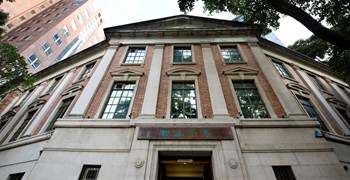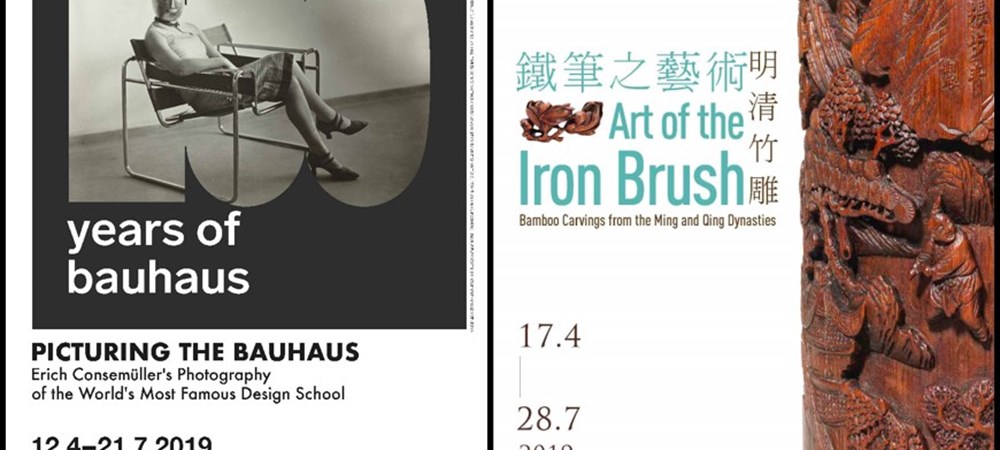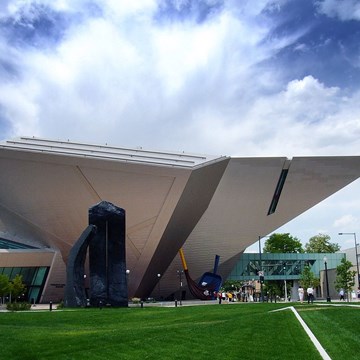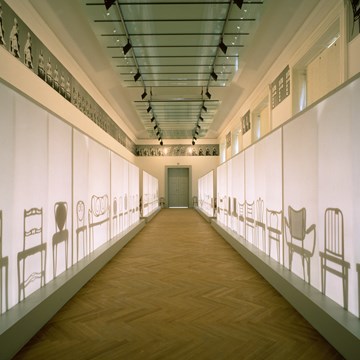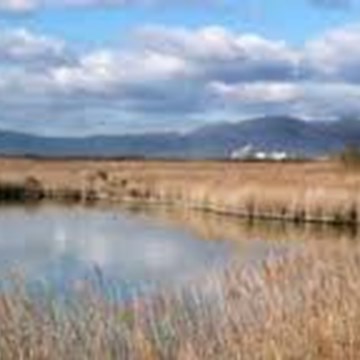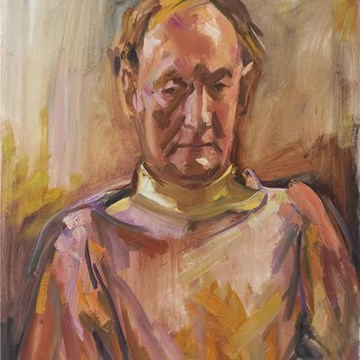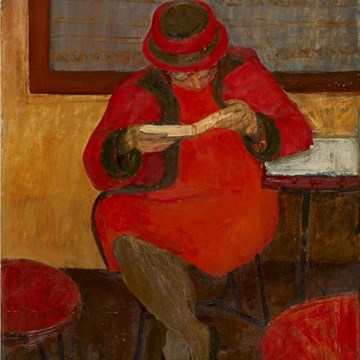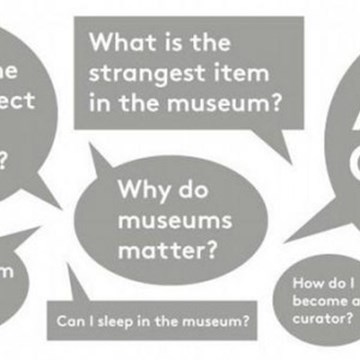[GUIDED VIEWING & DEMONSTRATION] "Picturing the Bauhaus: Erich Consemüller‘s Photography of the World's Most Famous Design School" with Dr Florian Knothe and "Art of the Iron Brush: Bamboo Carvings from the Ming and Qing Dynasties" with Ben Chiesa
Date: Saturday, 11 May 2019
Time: 10:00 – 12:30
Venue: 1/F, Fung Ping Shan Building, University Museum and Art Gallery
Language: Guided Viewing – English; Bamboo and wood carving demonstration and talk: Cantonese
Cost: Free admission, all are welcome. Please click here to register.
The University Museum and Art Gallery and the HKU Museum Society are pleased to arrange a guided viewing of two exhibitions, Picturing the Bauhaus: Erich Consemüller‘s Photography of the World’s Most Famous Design School and Art of the Iron Brush: Bamboo Carvings from the Ming and Qing Dynasties. This will be followed with a bamboo and wood carving demonstration and talk with Master Carver Cheung, one of the carvers of the Wisdom Path in Lantau Island.
Picturing the Bauhaus: Erich Consemüller‘s Photography of the World’s Most Famous Design School
The University Museum and Art Gallery has collaborated with the Klassik Stiftung Weimar, the Goethe-Institut Hong Kong and the School of Creative Media, City University of Hong Kong, on the exhibition "Picturing the Bauhaus: Erich Consemüller‘s Photography of the World’s Most Famous Design School". This collaboration will present the documentary photography of Erich Consemüller as an introduction to the famed German design and architecture school that is celebrating its 100 anniversary this year. Consemüller (1902–1957) recorded the artists, their workshops, designs and artefacts, as well as the students and their daily lives on campus from 1926 to 1927, when the Bauhaus school was in its prime and located in Dessau.
Art of the Iron Brush: Bamboo Carvings from the Ming and Qing Dynasties
Durable, flexible and abundant in nature, bamboo has been used as a material and a subject in Chinese art for millennia. At first woven into baskets, containers and other everyday objects during the Neolithic period, over successive centuries bamboo came to be used in increasingly sophisticated ways, at the same time attaining numerous symbolic meanings. Because it bends in a storm but does not break, it was particularly associated with the integrity and personal virtue of the scholarly elite, who embraced its symbolic value by planting bamboo in their courtyards, observing it in the wild, and by producing, acquiring and displaying delicate bamboo objects suitable for various scholarly pursuits, such as painting and calligraphy.
During the Ming dynasty (1368–1644), scholarly and imperial patronage transformed bamboo carving into a major art form. Scholar-carvers and workshops centred around Jiading (in present-day Shanghai) and Jinling (now Nanjing) produced large numbers of brush pots, wrist rests, miniature landscapes, figurines and other objects. Many bamboo carvers also worked in other materials soft enough to be manipulated with the ‘iron brush’—a term for knives and other carving tools used by literati to transfer their brushwork aesthetic to other media—including boxwood, rhinoceros’ horns and ivory, which shared a kind of loose identity under the heading of diaoke (‘carving’ in modern Chinese). Small in scale yet teeming with life, the works in this exhibition reflect both prodigious technical skill and great imaginary involvement, because of the unique shapes and contortions of the materials involved.
Wood and bamboo carving demonstration
During the carving demonstration, carver Master Cheung Sing Hung (張醒熊,also known as 酉星) will display some special carving tools and demonstrate wood and bamboo carving techniques and processes. Master Cheung is a renowned sculptor and calligrapher who has won numerous prizes in woodcarving and calligraphy. He acts as President of the Chinese Character Society of Hong Kong and was master woodcarver for Wisdom Path (心經簡林) in Lantau Island in 2004-2005.
Exhibitions and events from this museum
We don't have anything to show you here.
Activities from this museum
We don't have anything to show you here.
